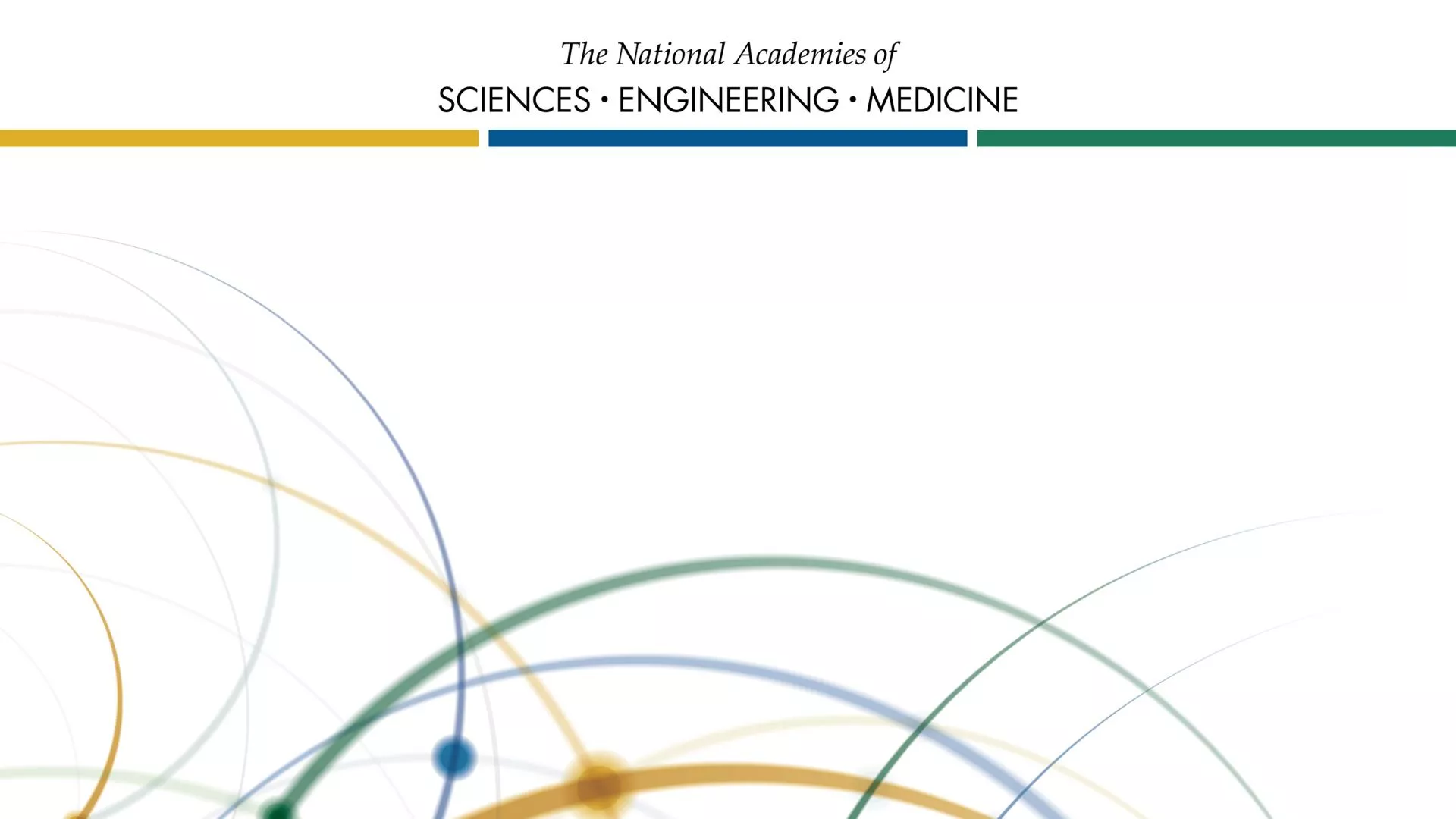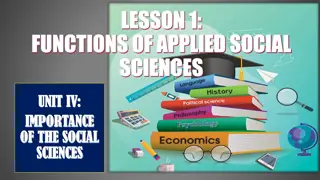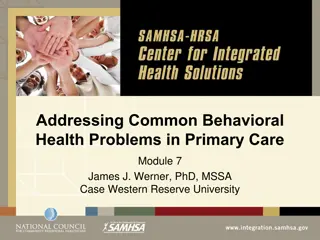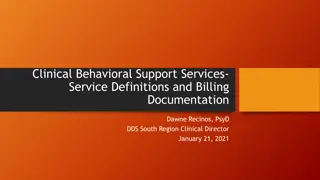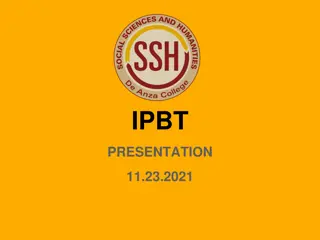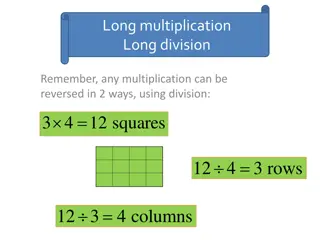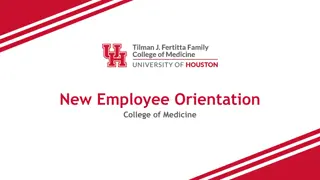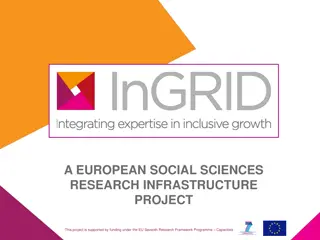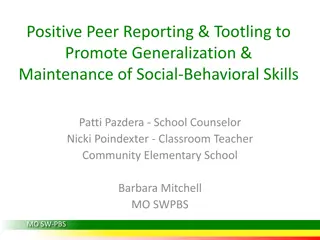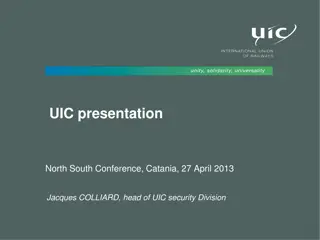Division of Behavioral and Social Sciences
The Division of Behavioral and Social Sciences, in collaboration with The National Academies, focuses on reviewing research related to learning across various settings. Expertise in cognitive neuroscience, learning theory, and educational psychology guides strategic investments in education technology and workforce development. The Committee on the Science and Practice of Learning, chaired by Cora Bagley Marrett, includes experts from diverse disciplines tasked with synthesizing research findings to enhance learning practices and policies.
Download Presentation

Please find below an Image/Link to download the presentation.
The content on the website is provided AS IS for your information and personal use only. It may not be sold, licensed, or shared on other websites without obtaining consent from the author. Download presentation by click this link. If you encounter any issues during the download, it is possible that the publisher has removed the file from their server.
E N D
Presentation Transcript
D I V I S I O N O F B E H AV I O R A L A N D S O C I A L S C I E N C E S A N D E D U C AT I O N
The National Academies A non-governmental organization (NGO) Founded in 1863 Bring together committees of experts in all areas of scientific and technological endeavor Address critical national issues and give advice to the federal government and the nation NATIONAL ACADEMY OF MEDICINE
Committee Charge Review and synthesize research on the study of learning from birth through adulthood in both formal and informal settings .with greatest potential to influence practice and policy. Specify directions for strategic investments in research and development to promote the knowledge, training, and technologies that are needed to support learning in today's world.
Committee Expertise Cognitive neuroscience Cognitive science Learning theory Workforce development and adult learning Educational psychology Education technology
Committee on the Science and Practice of Learning CORA BAGLEY MARRETT (Chair), Department of Sociology, University of Wisconsin Madison PATRICIA J. BAUER, Department of Psychology, Emory University CYNTHIA BEALL (NAS), Department of Anthropology, Case Western Reserve MARGARET E. BEIER, Department of Psychology, Rice University DAVID B. DANIEL, Department of Psychology, James Madison University ROBERT L. GOLDSTONE, Department of Psychological and Brain Sciences, Indiana University ARTHUR C. GRAESSER, Department of Psychology and Institute of Intelligent Systems, Univ. of Memphis MARY HELEN IMMORDINO-YANG, Rossier School of Education, University of Southern California RUTH KANFER, School of Psychology, Georgia Institute of Technology JEFFREY D. KARPICKE, Department of Psychological Sciences, Purdue University BARBARA M. MEANS, Learning Sciences Research, Digital Promise DOUGLAS L. MEDIN (NAS), Department of Psychology, Northwestern University LINDA NATHAN, Center for Artistry and Scholarship ANNEMARIE SULLIVAN PALINCSAR, School of Education, University of Michigan DANIEL L. SCHWARTZ, School of Education, Stanford University ZEWELANJI N. SERPELL, Department of Psychology, Virginia Commonwealth University
The reports conclusions address: Complex Influences of Culture Types and Processes of Learning Knowledge and Reasoning Motivation to Learn Implications for Learning in School Learning Technology Learning across the Life Span
Complex Influences of Culture CONCLUSION 2-1: Each learner develops a unique array of knowledge and cognitive resources in the course of life that are molded by the interplay of that learner s cultural, social, cognitive, and biological contexts. Understanding the developmental, cultural, contextual, and historical diversity of learners is central to understanding how people learn.
What is Culture? Culture is a product of the way individuals learn to coordinate desirable and useful activities with others. It is expressed in many ways, through: the actions, expectations, and beliefs of individual persons; physical elements such as artifacts, tools, and the design of physical spaces; norms for interacting with others, both verbally and nonverbally; and beliefs and ways of looking at the world that are shared with others.
Key Insights Cultural influences shape learners from the start of life. Learning is inherently social Different cultures place different value on learning by copying/ creating, doing/observing, talking/listening, explaining/acting. The contexts in which people learn such as school are not culture-free.
Processes of Learning CONCLUSION 4-1: Successful learning requires coordination of multiple cognitive processes that involve different networks in the brain. In order to coordinate these processes, an individual needs to be able to monitor and regulate her own learning. The ability to monitor and regulate learning changes over the lifespan and can be improved through interventions.
Motivation to Learn CONCLUSION 6-1:Motivation to learn is influenced by the multiple goals that individuals construct for themselves as a result of their life and school experiences and the sociocultural context in which learning takes place. Motivation to learn is fostered for learners of all ages when they perceive the school or learning environment is a place where they belong and when the environment promotes their sense of agency and purpose.
Learning in School CONCLUSION 7-1: Effective instruction depends on understanding of: the complex interplay among learners prior knowledge, experiences, motivations, interests, and language and cognitive skills; educators own experiences and cultural influences; and the cultural, social, cognitive, and emotional characteristics of the learning environment.
Learning in School CONCLUSION 7-2:Research points to the importance of engaging learners in directing their own learning by providing: guidance as targeted feedback and support in developing metacognitive skills, challenges that are well matched to the learner s current capacities, and support in setting and pursuing meaningful goals.
Learning in School CONCLUSION 7-3: A growing body of research supports adopting an asset model of education in which curricula and instructional techniques support all learners in connecting academic learning goals to the learning they do outside of school settings and through which learning experiences and opportunities from various settings are leveraged for each learner.
Learning in School CONCLUSION 7-4: Purposefully teaching the language and practices specific to particular disciplines, such as science, history, and mathematics, is critical to helping students develop deep understanding in these subjects.
Learning in School CONCLUSION 7-5: Assessment is a critical tool for advancing and monitoring students learning in school. When grounded in well- defined models of learning, assessment information can be used to identify and subsequently narrow the gap between current and desired levels of students learning and performance.
Sponsors Alfred P. Sloan Foundation American Educational Research Association Bill & Melinda Gates Foundation Institute of Education Sciences of the U.S. Department of Education Teagle Foundation William and Flora Hewlett Foundation Additional support: National Academy of Sciences W.K. Kellogg Fund National Academies of Sciences, Engineering, and Medicine Presidents Circle Fund
Report is available at: www.nap.edu THANK YOU!

 undefined
undefined